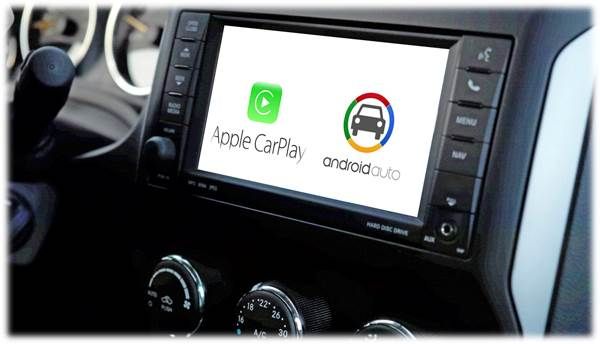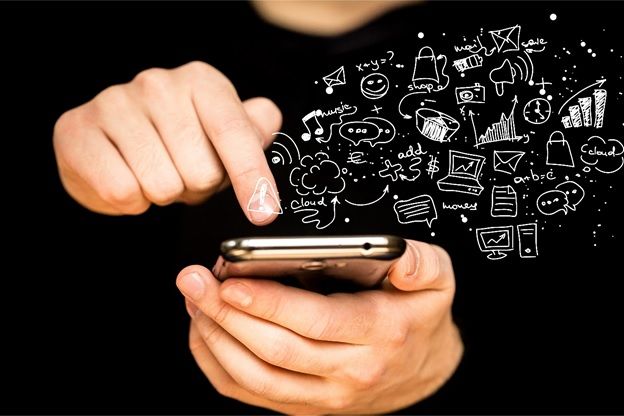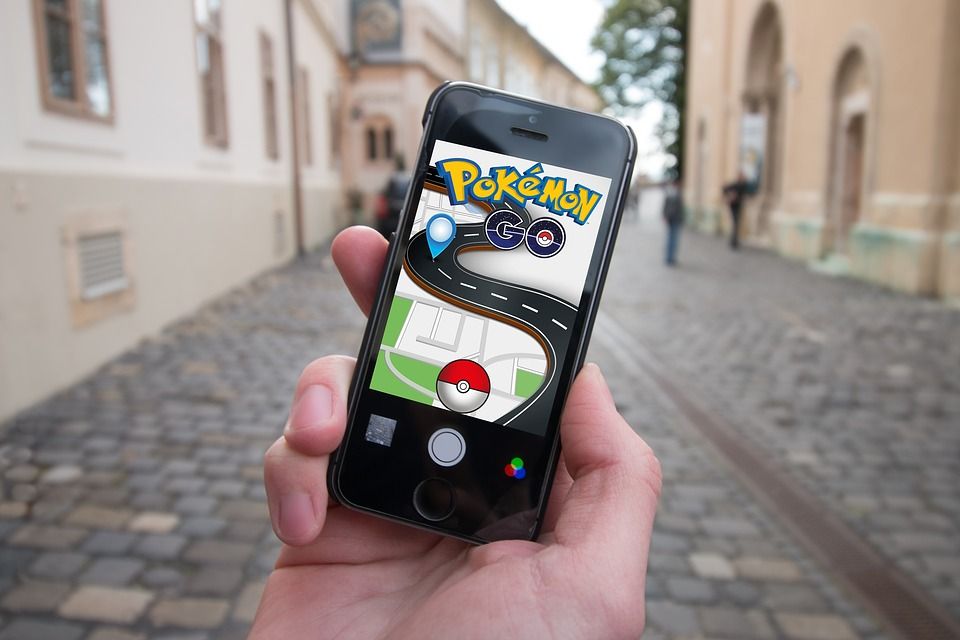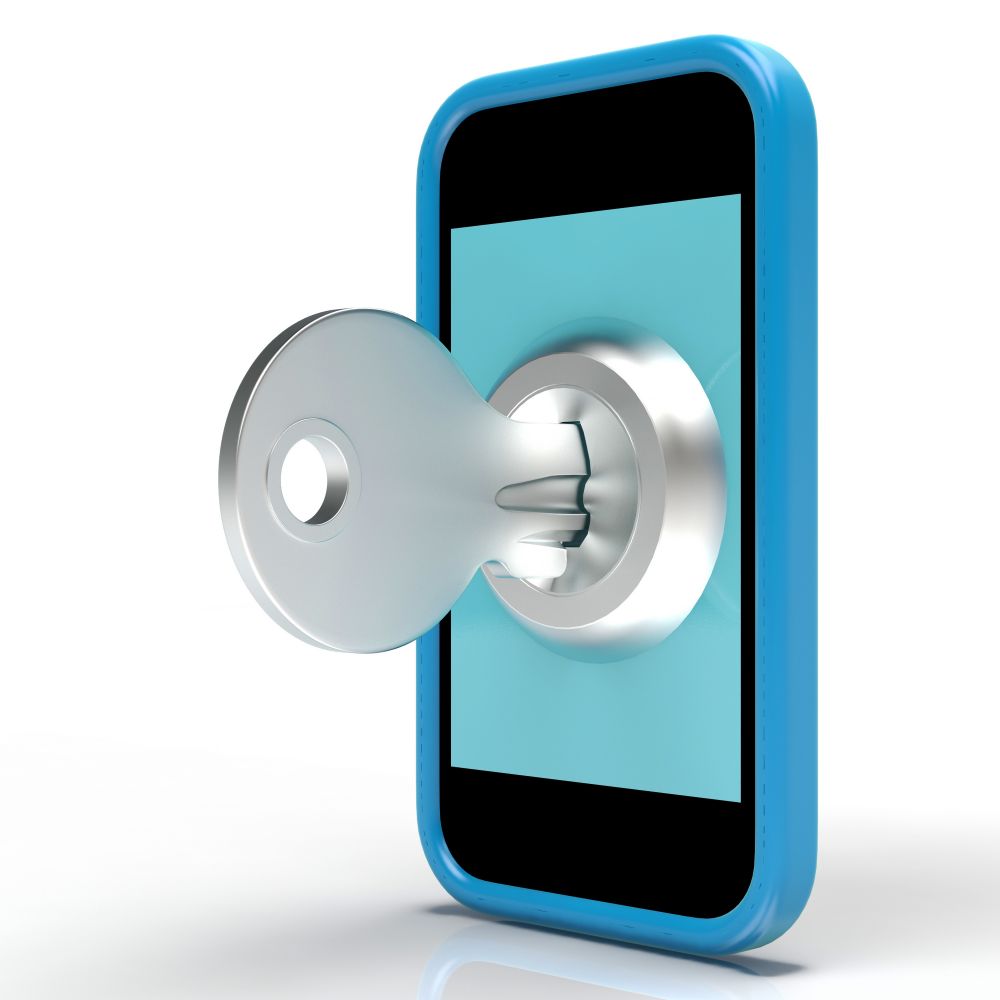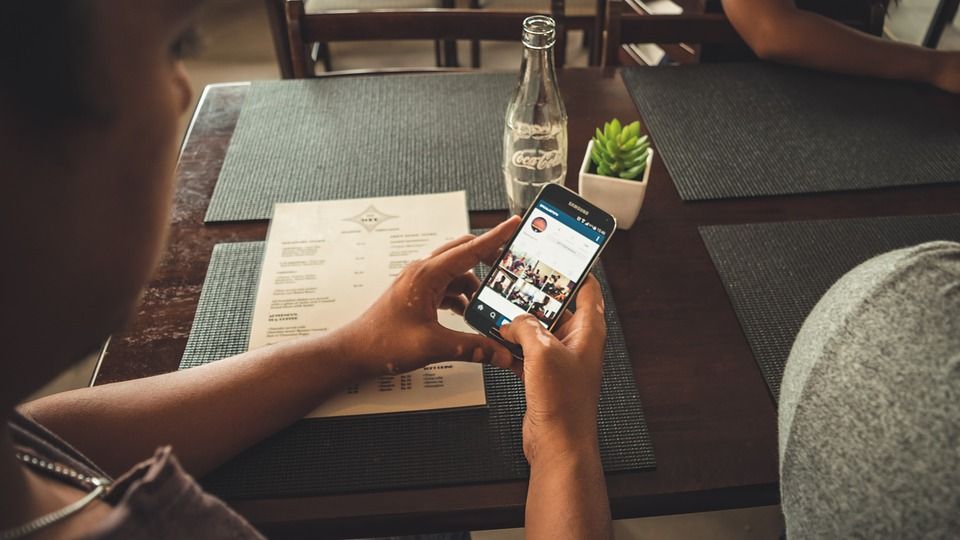Bob Kernen has served as COO of jacapps, our mobile app company, for more than six years now. And during that time, the company has grown into radio’s leading mobile app developer.
Bob was the first person I thought of when I watched Iowa Caucus coverage Monday night. And in today’s post, he puts this debacle in Iowa into perspective – what it means to politics, and more importantly, what it means to radio. – FJ
I turned on the news late Monday night to see the results of the Iowa Democratic Caucus. After a minute or two it became obvious that the results weren’t in. After flashbacks to the election of November 2000 dissipated, I heard that the problem was with (gulp) a mobile application.
As someone who runs a mobile app company I had two immediate reactions: First, that visceral wave of nausea when the technology you’ve worked  hard on fails, and second, thank goodness it wasn’t one of our apps!
hard on fails, and second, thank goodness it wasn’t one of our apps!
Running a company of this type is complex. It’s not just about writing code. Great mobile apps require a strategic purpose, time and thought, quality control, graphic design, attention to the user experience, training, testing, and lot of debugging.
As we know, there are two app platforms – iOS for iPhone and iPads, and Android for virtually everything else. Problem is, there are hundreds of different phone brands and models that run Google’s Android software.
You never want an app to go down, and you certainly don’t want to have problems like these when a) the app is only going to be used one time, and b) that one time is on national television and a presidential election is at stake.
Most of us view mobile apps as those cute little icons on our iPhones and Androids that we touch with a finger and cool stuff happens. And when working properly, the consumer doesn’t notice just how complex this software is.
Over the past eleven years, jacapps has developed close to 1,300 mobile apps for radio stations and many other industries. We’ve built simple streaming apps and amazingly complex apps with powerful platforms behind them that perform multiple tasks, while managing huge quantities of information. While we sympathize with the developer of the failed app used in the Iowa Caucuses, we also understand how a debacle of this magnitude can happen.
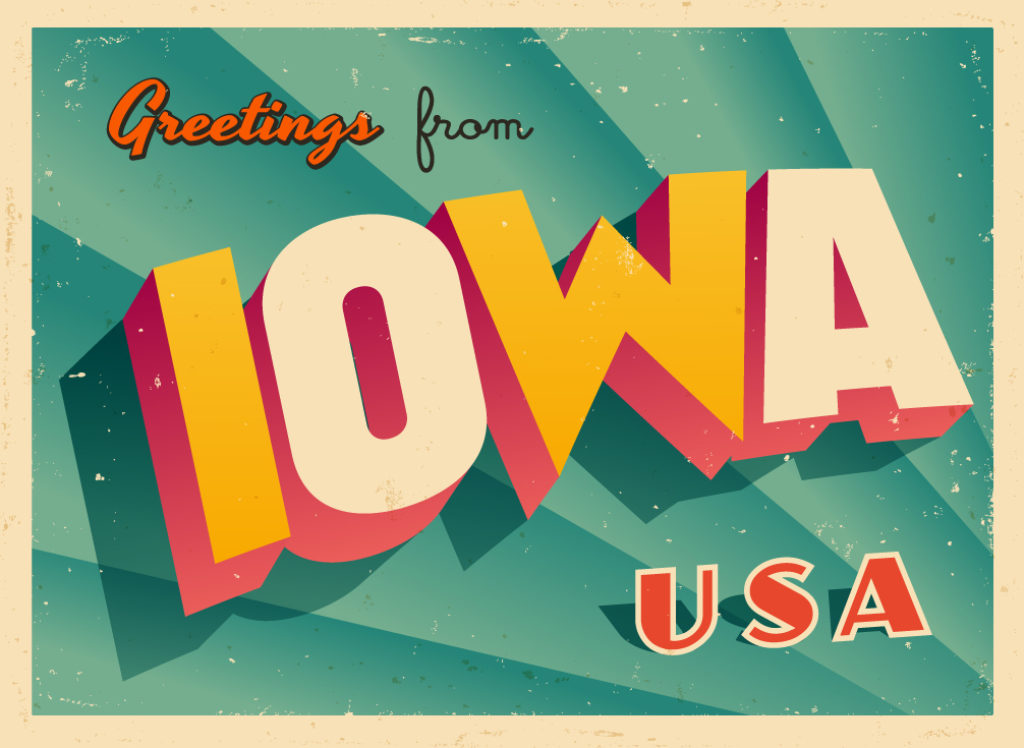
Based on the information provided so far, here’s our take on Iowa app’s face-plant, and how a disaster like this can be avoided:
1. Don’t rush it. The news is reporting this app was rushed to market in 60 days. While we appreciate that speed is important for many of our clients, it’s hard to conceive that a project this complex could be reliably done in eight weeks. It’s not surprising that there were issues.
2. Test it in the field. There have been numerous reports that in rural areas of Iowa, the app couldn’t cleanly connect to the Internet. Poor cellular coverage? What a shocker! It’s one thing to test an app in the lab (or even in a populous area) where there’s always excellent high speed Internet, but it was no secret this app was going to be used in fire stations in Pella and elementary schools in Waterloo. Simply sending someone out in the field (literally!) or provisioning the app to test in one of these places would have identified the problem quickly.
3. Test it on humans. There are also stories of how precinct captains and volunteers at local caucuses couldn’t figure out how to use the app (and in some cases, couldn’t even download it). Once again, the developer could have brought in five people from the street, handed them a phone with the app on it, and had them work through it. And in a couple of hours, the developer would have a better understanding of how to make it more user-friendly. The people who built the app should never be the ones to test it. These are called usability tests, and they’re effective.
4. It requires training. Most of the people reading this post know their way around a smartphone or tablet. You’ve been downloading apps for years, and you know the in’s and out’s of how to manage mobile tools. But many of the key spokespeople at Iowa precincts presented themselves very differently. Some are self-described Luddites. Other simply weren’t interested in new systems. The developer and the Iowa Democratic Party needed education sessions so that all 1,700 precinct captains knew what they were doing. Under the best of circumstances, that’s a heavy lift.
5. Apps are complex. People typically believe everything actually happens on your phone – that’s where the code and “stuff” resides. In fact, more complex apps are connected to a platform on a remote server that contains all of the data that flows into the app, registration information, etc. The app used in Iowa could have failed in many different places – the app itself, the cloud-based platform, the connectivity, and more.
6. Do you even need an app? Smart brands do, of course. But for this type of “one and done” function, wouldn’t it have been simpler to create a special email box, and have them all send their results using an encrypted format that (hopefully) everyone knows how to use.
7. Don’t try this at home. Complex apps aren’t cheap, but too often people like to cut corners and either develop them “in-house” or hire a firm that has minimal experience with mobile do the job. In every case where we’ve seen this occur, failure happens.
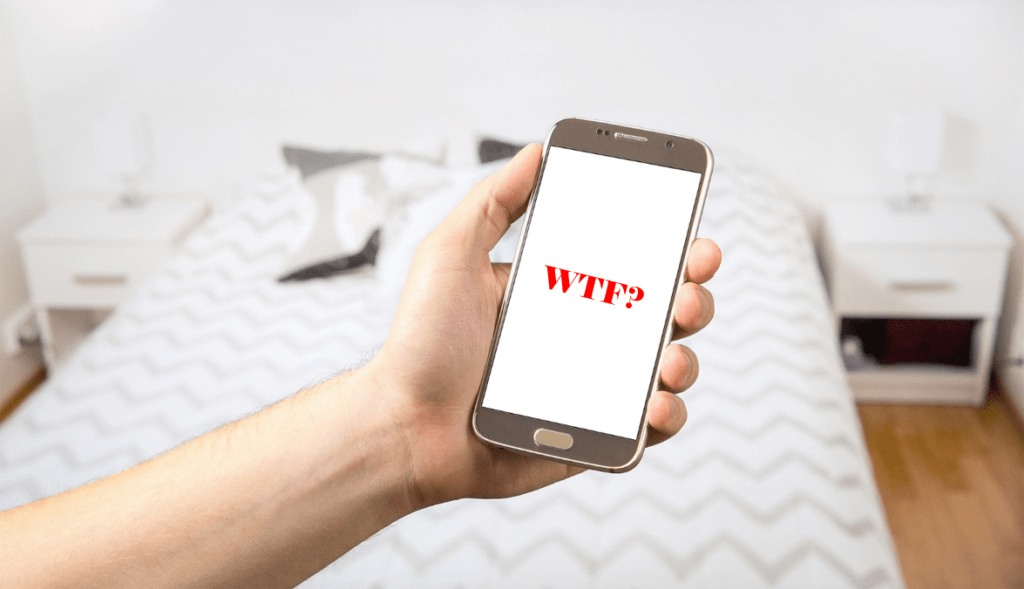
This is complex software that needs to be developed to handle multiple devices (how many hundreds of different Android phones are on the market?), operating systems, erratic WiFI or bad cell service, and other unforeseen events.
It’s one thing to cut a corner or two for an app that’s going to be around for years and can be course-corrected with updates over time. But for an app that’s going to be used for just one night? You’d better make sure it’s as perfect as possible and pay whatever it takes in order to achieve that.
Every radio broadcaster needs to be part of the Mobile Revolution. But simply checking off the “app box” by buying a mediocre product often comes with hidden costs – from operational problems to user issues.
Developing great apps is challenging, and we sympathize with the developer of the Iowa Democratic Party’s app, who clearly had a worse day than even the candidates waiting on pins and needles yesterday for the hand-tabulated results of the caucus. But a lot of this could have been avoided.
When all else fails, try an abacus.


